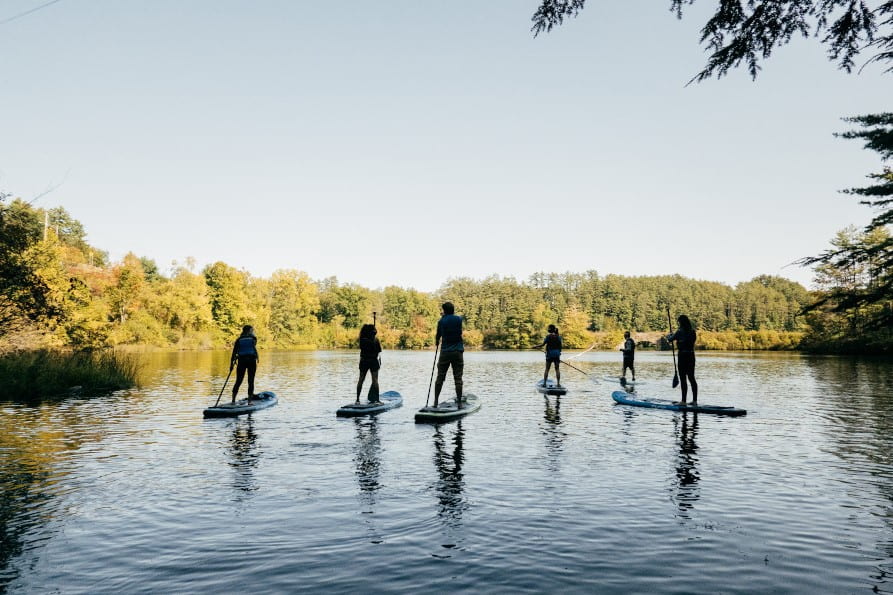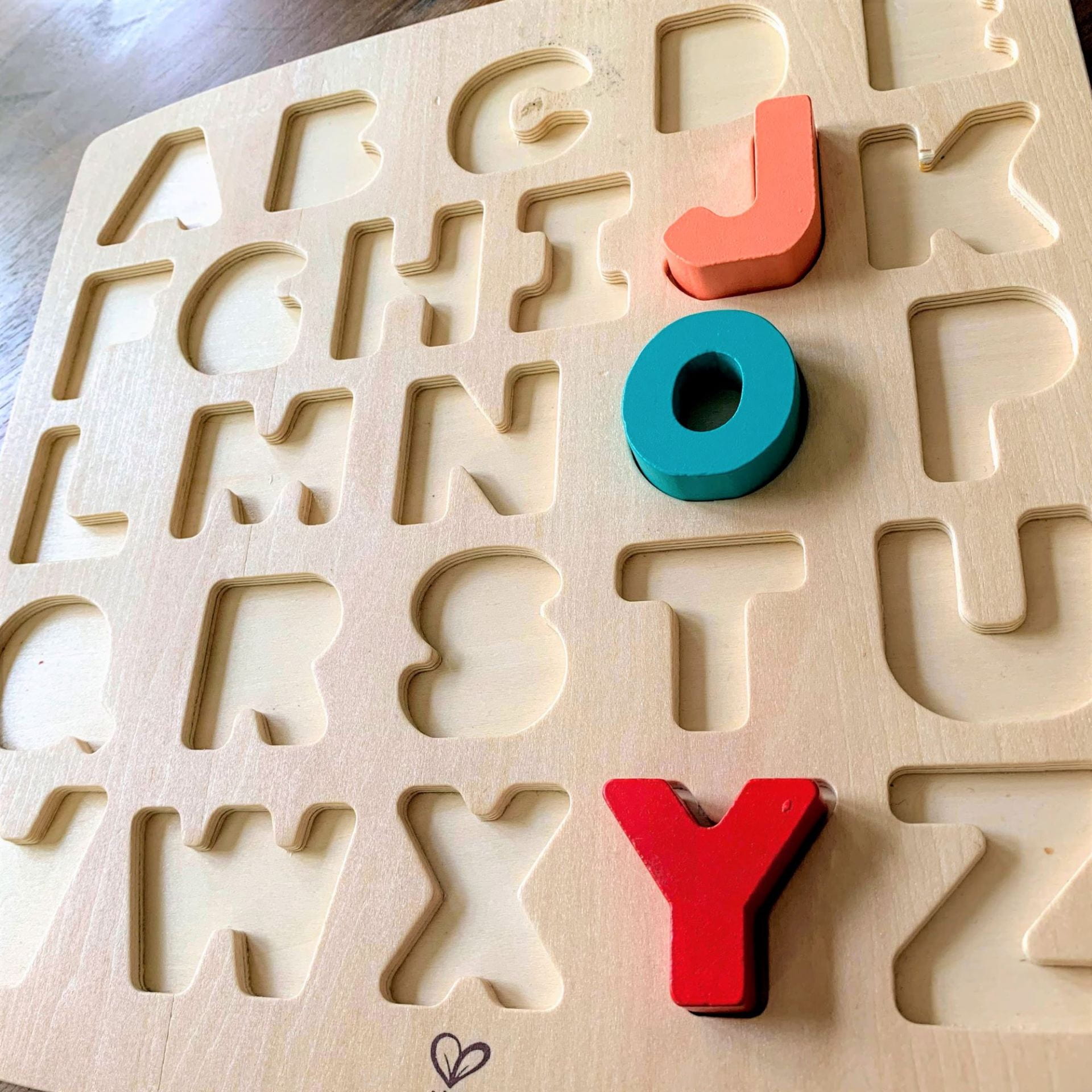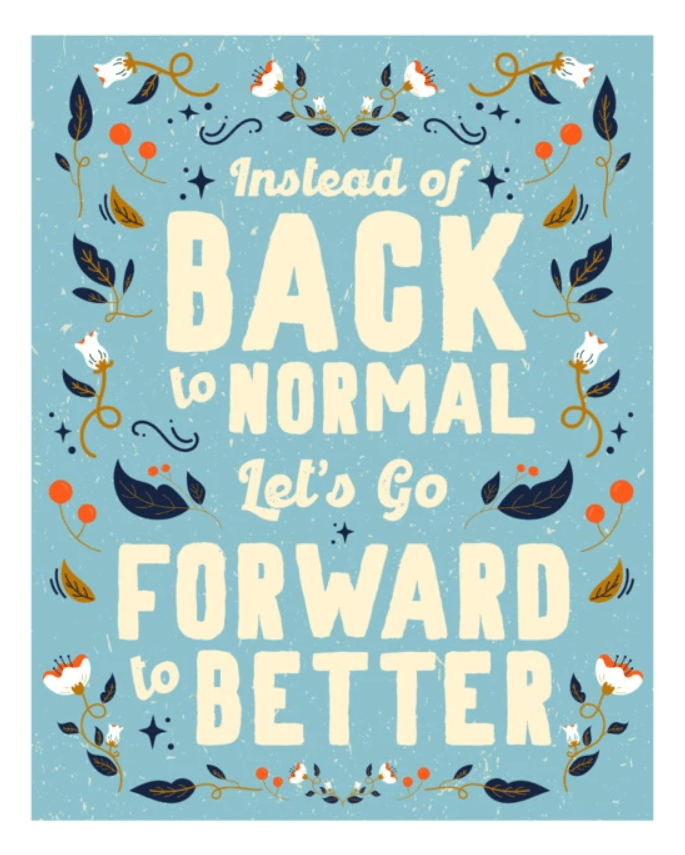
Dear Dartmouth,
If it’s true that we are better at preparing ourselves to live than we are at living, then we need to ask ourselves what it might mean to be skillful at living. How might we live our lives in such a way that we, ourselves, come alive and flourish?
Our final pathway can in some ways be viewed as the culminating outcome of the prior wellbeing pathways. We contribute to our sense of meaning in life through experiences of belonging, purpose, storytelling, and transcendence. Each of these pillars of meaning can provide different elements that all make life worth living.
- Belonging is about relationships. It grows out of connecting authentically, and brings a sense of meaning by reminding us that we can be a helpful presence in the lives of others, and that we are worthy of love and acceptance.
- Purpose is about living our values. It grows out of intentional actions, and brings a sense of meaning by empowering us to live out the things that matter most to us in a way that is good for all beings.
- Storytelling is about crafting narratives for our lives that we want to be living. It is connected with our capacity for cultivating perspective, and reframing our experiences in ways that help us see the value in ourselves and others.
- Transcendence is about experiences that take us beyond the limits of our self. It is often associated with mindful engagement, and brings meaning through a sense of wonder and awe.
A meaningful life is one that feels is closely connected with your unique identities – both who you are and who you aspire to become – as well as the contribution(s) you most want to offer others and the world at large. It is about crafting a life that abounds with happiness, fulfillment, and wellbeing in a way that helps you thrive.
Ask Yourself (Reflective Questions)
- What makes life worth living? What are the things you cannot imagine living without? How can you make space for these bringers-of-meaning in your life, and how can you encourage more meaning in the lives of others?
Try This (Wellbeing Practices)
- Below are some prompts that you can use to create a daily/weekly “Thriving Journal” that you can integrate into your planner to be more intentional about making space for wellbeing in your day-to-day life:
- Pathway 1 – Cultivating Perspective
How can I frame this week in a way that will help me persevere toward my goals? - Pathway 2 – Engaging Mindfully
Where will I have opportunities to engage fully in some way? - Pathway 3 – Connecting Authentically
When and how do I want to connect with others this week? - Pathway 4 – Acting Intentionally
What are my priorities for this week? How do I want to accomplish these things? - Pathway 5 – Living Meaningfully
How do I want to feel and and what will I do this week to make this feeling possible?
- Pathway 1 – Cultivating Perspective
As we wrap up this overview, we want to offer our thanks for the time and energy you have put into exploring your wellbeing. Our mission at the SWC is empowering our community to thrive, and we hope that this series of posts has offered you some new concepts and practices that will bring good things to your life.
Exploring the distinct ways that you experience wellbeing is a great way to understand and accept yourself more fully, and grow into your ability to be the primary expert in, and decision-maker for your own life. You can trust yourself to know and recognize what you need to thrive.
Finally, we want you to know that you don’t have to do any of this on your own. Our team wants you to do well AND be well. Please reach out if there are any ways that we can help to make that happen, and take advantage of the many additional resources on our site.
Sending love and support,
The Student Wellness Center Team








